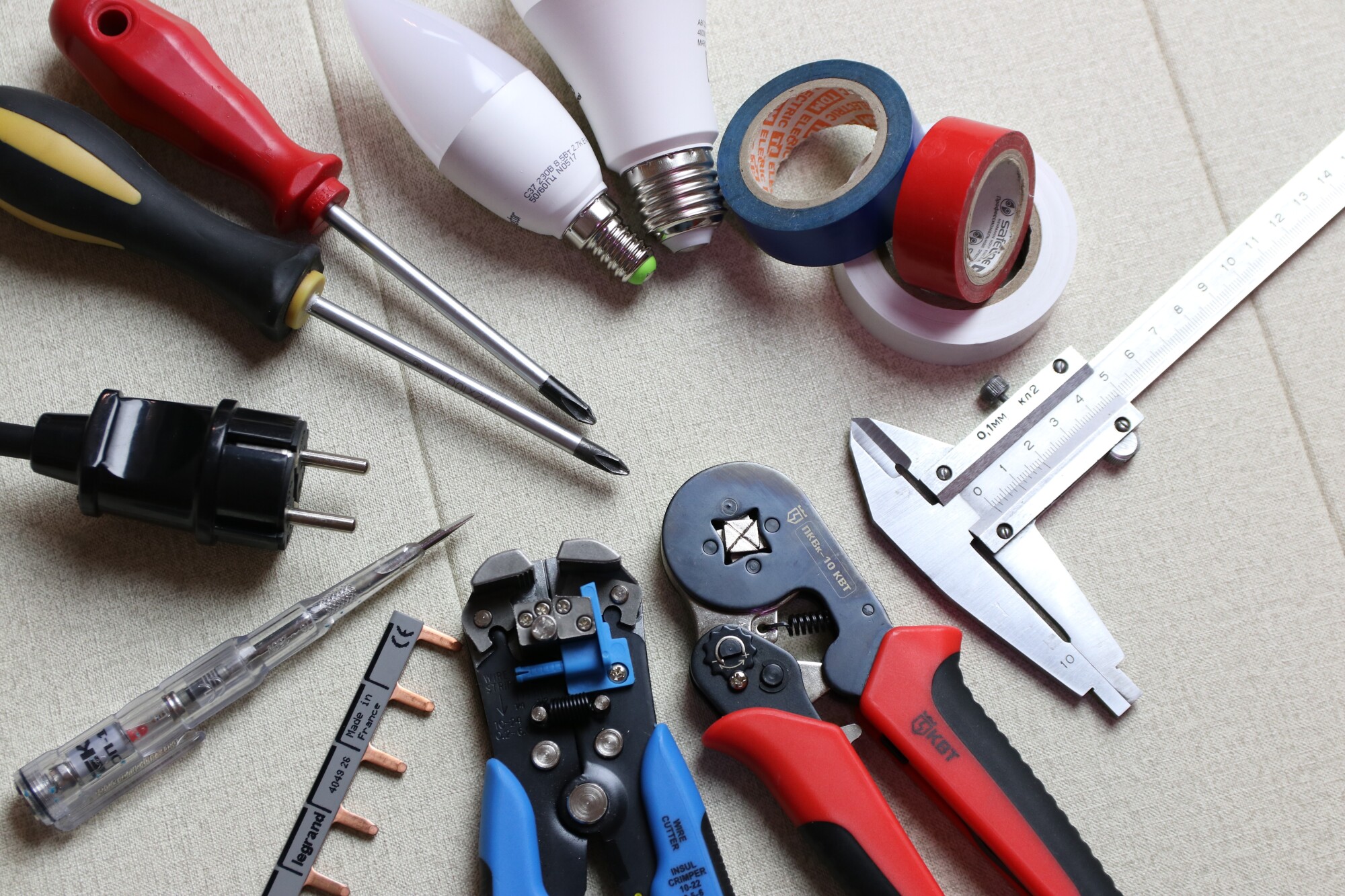Embarking on a fresh start is exhilarating. But let’s face it packing can be a pickle! Wrestling with bubble wrap, getting lost in a sea of boxes, and discovering long-lost knick-knacks are all part of the package. But what if packing could be smooth and hassle-free?
We’re here to make that possible with our tips for packing for a move. We’ll navigate you through this daunting task, making it feel more like a treasure hunt than a chore. Ready to take the plunge into stress-free packing? Let’s dive in!
1. Start Early and Make a Packing Plan
Ideally, you should start packing at least a few weeks ahead. The extra time will give you ample opportunity to sort through your belongings and pack them carefully. Packing in a rush often leads to hasty decisions, misplaced items, and an overall chaotic experience.
Creating a packing plan doesn’t have to be an intricate blueprint. It’s just a rough guide on how to approach the packing. Which room to start with? What items are fragile and need extra care? Answering these questions will create a roadmap to a systematic packing process.
Making a moving checklist can be a lifesaver. Keep track of everything you own. This helps ensure that nothing gets lost in the hustle and bustle of moving. Plus, it will be a valuable resource when unpacking in your new home.
2. Use Quality Packing Materials
One of the most critical aspects of packing is the packing materials themselves. You might be tempted to skimp on this part, but it’s essential to invest in quality materials. You’re not just moving objects. You’re moving memories, investments, and irreplaceable belongings.
To ensure the safe passage of your items, use sturdy boxes, bubble wrap, packing tapes, and wrapping sheets. You can purchase these at any home supply store or online. Good-quality markers are also essential for labeling boxes.
3. The Art of Packing Boxes
Packing boxes might seem like a no-brainer. However, there are moving tips that, if mastered, can transform your moving experience. One key aspect of this art is knowing what items to put in what boxes. It’s quite simple.
Heavy items like books or kitchen appliances should go into smaller boxes. It’s much easier to carry a small, heavy box than a large, heavy one. Lighter items such as pillows, linens, and clothing can go into bigger boxes. Distributing weight like this ensures boxes are not too heavy to lift and prevents them from breaking under the weight.
Another essential part of packing boxes is labeling. After packing a box, make sure to label what’s inside and which room it belongs to. This will help you and your local movers know where each box should go in your new home. Plus, it will make unpacking a breeze.
4. Sort and Declutter Then Donate
Moving houses is an opportunity for a fresh start. And what better way to start fresh than with less clutter? As you pack, sort through your items. You might find things you haven’t used in ages or stuff you didn’t even remember owning.
Separate these unnecessary items from the ones you need. You can donate them to charity, hold a garage sale, or recycle them. It’s up to you. Remember, fewer items mean less packing, less moving, and less clutter in your new home. It’s a win-win situation!
5. Pack an Essentials Box
Picture this. After a long and tiring day of moving, you finally arrive at your new home. All you want is a warm shower and a good night’s sleep. But your toiletries are in one box, your pajamas in another, and your bedding in yet another. That sounds like a nightmare, doesn’t it?
To avoid this scenario, pack an essentials box. This box should contain everything you’ll need for the first night and the following day in your new home.
Toiletries, a change of clothes, basic cookware, some food, phone chargers, and important documents are good candidates for the essentials box. It should be the last box you pack and the first one you open.
6. Protect Your Fragile Items
Every home has items that require tender loving care – china dishes, glassware, photo frames, electronics, and so on. Packing these fragile items can be nerve-wracking. But with a few precautions, you can ensure their safe transit.
Wrap each fragile item individually in bubble wrap, packing paper, or even old newspapers. This provides a cushioning effect, absorbing shocks during transportation. After wrapping, place them carefully in a box. It’s also a good idea to fill any empty spaces in the box with extra paper or foam peanuts. This prevents the items from moving and banging against each other.
Once packed, make sure to label these boxes as ‘fragile’ clearly. It informs everyone to handle them with extra care.
7. Take Pictures of Electronic Setups
In this digital age, we all have a host of electronics at home. Each one with its labyrinth of wires and connections. When moving, these devices need to be disconnected and reconnected. Easy to disconnect, but reconnecting can be a puzzling task.
A simple solution is to take pictures of the setups before disassembling them. These images will serve as your guide when reassembling the devices at your new home. With a few snaps, you can save yourself hours of head-scratching and frustration.
8. Seek Professional Help if Needed
Packing for a move is not a piece of cake. There’s a lot to do, and it can feel overwhelming. And that’s okay. It’s okay to admit that you might need help.
There are professionals out there who specialize in moving services.
These people have the knowledge, the tools, and the experience to make your move as smooth as silk. Whether it’s packing your items, loading them onto the moving truck, or unloading them at your new home, they’ve got you covered.
Top Tips in Packing for a Move
Now you’re equipped with our eight top-notch tips, packing for a move doesn’t have to feel like an uphill battle. Remember, each box you pack is a step towards your exciting new chapter.
And this guide? Consider it your trusty sidekick! So, pack with confidence, knowing that you’ve got the best tricks up your sleeve.
But hey, why stop here? Visit our website to explore a treasure trove of other practical guides just like this one. So go on, conquer your move, and remember, every great journey begins with a single box!










